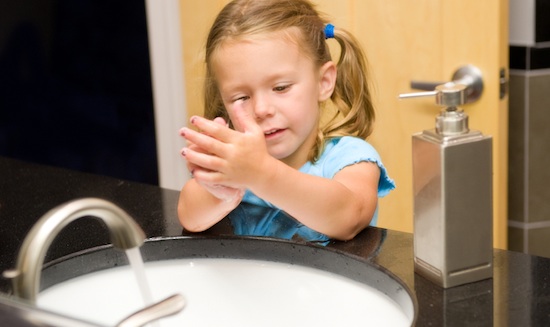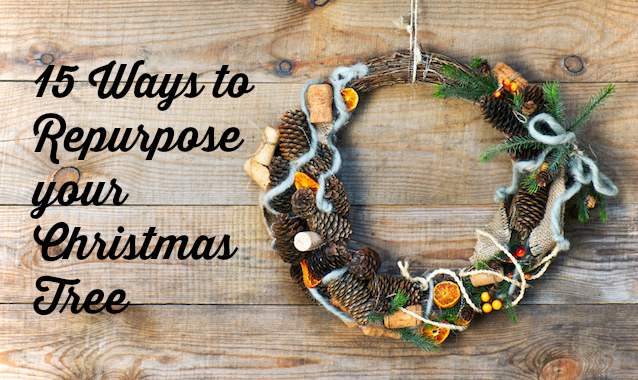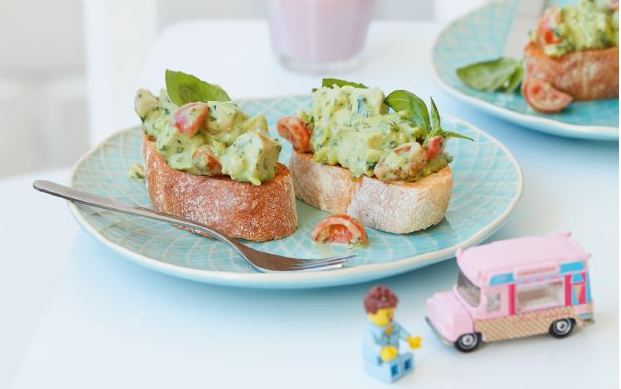Share Excitement, Not Germs This School Year
September 2, 2011
The back to school season is full of excitement, new school supplies, new clothes, meeting new friends and teachers. It’s also a time of busier schedules and after school activities. Classrooms filled with kids, an abundance of shared surfaces and less fresh air offer the right environment for sharing germs. Take time this Fall to teach your kids some good habits while sharing the excitement of a new year to make it a healthy season for you and your family. I’m glad I can say that even though we have a full home, it’s been years since anyone has been on antibiotics and we have a healthier home because we are mindful of habits that keep us healthy. Here are 6 easy things you can start doing today to prevent the spread if germs in your home. You’ll have less sick days for kids and parents and have more time to share the excitement in the upcoming school year:
Keep your hands clean
Good hygiene goes beyond hand sanitizers. The CDC recommends thorough hand washing as the best means to eliminate harmful bacteria from your hands. Hand sanitizers are convenient but don’t rely solely on them to keep your family’s hands clean. Many hand sanitizers are also loaded with alcohol, artificial colors and endocrine disrupting chemicals like triclosan. For long term, good habits, teach your children how to properly wash their hands. This includes scrubbing with soap (again, watch out for chemical laden soaps containing ingredients like triclosan) for 20 seconds (about the time it takes to sing the ABC song or Happy Birthday) and rinsing thoroughly. Always keep hand towels fresh and clean, washing more frequently when someone in your home is sick. When you buy your hand sanitizers, use a natural one that uses essential oils like clove or thyme to kill bacteria. Choose your personal care products the way you would buy your foods, read labels and become familiar with ingredients.
Drink plenty of high quality fluids
Drinking high quality fluids are important whether you are healthy or ill. You don’t have to look far to find artificially colored and flavored waters. Don’t be seduced by the bright colors and packages, though. If you train your family’s taste buds to like the sweet, artificially flavored vitamin waters and sport drinks they will only feel satisfied by these processed fluids. Start your children young on fresh, purified water. Keep your water in glass or stainless steel, eliminating the use of plastic bottles. For a treat sometimes, add a splash of fresh fruit juice to naturally sweeten. Fruit flavored, caffeine free teas can appeal to all young and old. Fresh, juiced fruits and vegetables are the ideal beverages for nutrient dense fluids and old fashioned chicken soup can soothe everyone. If you are relying on caffeinated beverages for energy it may be time to assess the amount of rest you are getting.
Get enough rest
OK, I realize I’m talking with parents here, and with six kids I know this is often easier said than done. This is also an area that families with kids might need to get creative. Most people need 8 hours of sleep, those growing kids need even more. Keep in mind that rest involves not only the sleep you get at night for your physical body, but also the need to quiet your mind. Families that are overscheduled are more likely to be stressed and more vulnerable to sickness. Take time to rest yourself and model this for your kids. It’s healthy to pick up your feet and just rest each day, even if for 15-20 minutes. Unstructured time is important to kids and grown-ups and gives your body and mind time to refresh. If you’ve had a rough night up with the kids, fit in as much down time as you can the next day to compensate for the lost sleep and fit in a nap if you can. Rest is also crucial to help the body recover from illness, so don’t be tempted to send the kids to school on medications that just control the symptoms. Not only are they most likely still contagious, they are more susceptible to picking up another bug. If you keep kids home a day early on in their illness, it will probably get them back on their feet quicker and hopefully avoid visits to the doctor for major colds needing antibiotics. Never underestimate the power of some TLC.
Use book covers & carry your own pens & pencils
Staying on the offensive from germs includes being aware of where they lurk. Germ transmission is simple physics – in this case point of contact. Kids in classrooms share countless items, door knobs, pencil sharpeners and more. Take measures where you can to prevent germs from spreading. Have your children use as many school supplies of their own as their school allows. This also goes for adults, carry your own pens and use them in stores, banks or other places you’ll need to use a pen. Textbooks and library books have been in many homes and situations, cover these with stretchy bookcovers or make your own with brown kraft or wrapping paper. If you’re not sure if an item is dirty or clean, err on the cautious side and wipe down surfaces with antibacterial wipes, preferably ones without triclosan or questionable ingredients. Wipe down toys and stuffed animals with a damp washcloth with a few drops of lavender essential oil sprinkled on it to clean surfaces.
Remove shoes at the door, keeping your home clean
Shoes carry an abundance of germs, pesticides and dirt. When you wear your shoes around your house you are spreading these things on the floor of your home. You’ll keep your home cleaner just by removing your shoes when you come in to your house. Many cultures practice this as a sign of respect, and in yoga we look at this as symbolic of leaving your cares at the door. Make your home a sanctuary to come home to, and a cleaner one as well.
Don’t touch your eyes, nose & mouth
This is a habit you can teach your kids at an early age. and since germs enter primarily through the eyes, nose and mouth it’s an important lesson to learn. It seems every child goes through the stage of exploring their nose and mouths, some longer than others. But it is wise to keep an eye on the time they do this strictly from a sanitation perspective. If your child is in this stage of development, watch for moments they may be coming into contact with high risk areas like the bathroom, kids’ shopping carts and public playgrounds. You can be ready to wash hands then when the need arises. Keep little fingers busy with tactile activities like legos, coloring or even little hand and finger games to get attention off of their face.
Germs are all around us and we’ll never be able to eliminate the harmful ones completely. We can teach our kids good habits though to lessen their exposure to the ones that may make them sick. You’ll be teaching them habits they’ll never grow out of, and ones that will help your whole family share in the excitement of life and not the germs.





